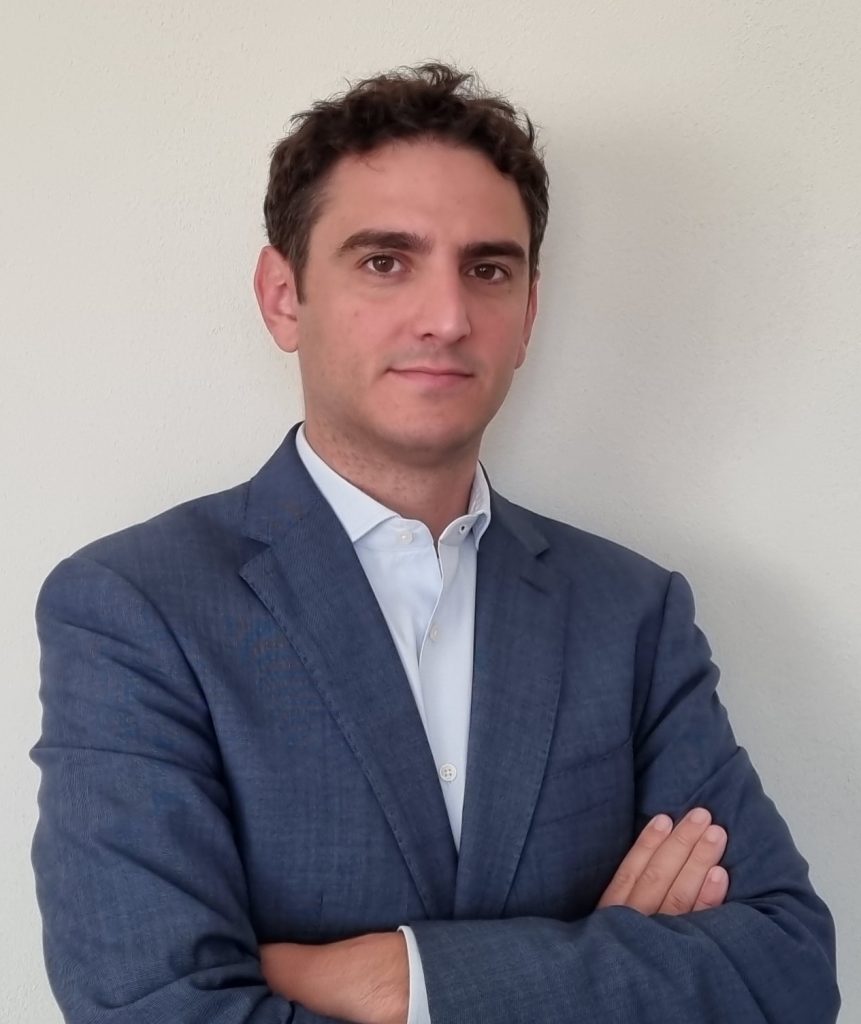ZP: a virtual example of an increasingly attentive steel production
Steel production is undoubtedly associated with unclean and polluting activities, affecting the environment and the neighbouring communities.
In recent years, however, this conjecture proved to be no longer valid. In fact, more and more steel mills are now capable of complying with strict environmental regulations and integrate themselves with local communities. Our steelmaking plant, Zeleziarne Podbrezova, actually is included among these virtuous examples.
We have already examined in depth how ZP is closely tied to Podbrezova, the homonymous city that harbours our steel plant (for example in this release), and future articles will be published in the next few months.
Today’s issue focuses on a specific case that combines attention to health, environmental sustainability and integration with the territory: the renovation of the de-dusting system of our steelworks in 2013.
De-dusting plants are essential components for any modern steel mill that uses electric arc furnaces. In these plants, the production of fumes strongly contaminated by dust occurs, deriving from the entrainment of fine particles caused by the action of the gaseous stream leaving the furnace.

The de-dusting plant is in charge of capturing powders using specific filters and prevent that these are dispersed in the atmosphere, hence harming health and the ecosystem.
The plant adopted by ZP fulfils efficiently that purpose, being capable to convey to the filters the flue gases coming from the fourth hole of the electric arc furnace, the so-called “dog-house” which contains the furnace itself, the ladle furnace workspace and, through a special extraction bell, from the ceiling of the mill hall.
However, the powders are not the only element “captured” by the plant. With the 2013 renovation, the opportunity was taken to recover and valorise the waste heat of the steel mill.
In modern electric arc furnaces, over a fifth of the overall energy fed to the system comes out of the process with the flue gases. The possibility of recovering this significant amount of heat, which would otherwise be wasted, has recently become a priority for the most advanced steel mills and has led to various solutions. For example, the available thermal power has been used to create district heating networks, to produce steam as well as to supply electricity through the adoption of specific power cycles. An approach based on integrated business models can also lead to the exploitation of the heat for more particular purposes such as fish farming.
Given the rigidity of the Slovak climate, it is understandable that the buildings’ heating is the natural intended use of the thermal power available in the fumes. A network was thus created to convey the heat to the offices and common areas of the steel mill. Additionally, the recovered heat is able to supply warmth to the museum that collects the centuries-old history of the ZP group (founded in 1840), but also to the recreational areas located near the steel mill, such as a swimming pool, and the local “House of Sports” where bowling, a sport in which the Podbrezova team excels internationally, is practiced. Lastly, it warms the football stadium for which a heating network has been set up below the playing field, so that it is possible to have the optimal ground conditions despite the freezing nights that characterize the winter period.
Thanks to the network that branches off from the de-dusting plant, ZP has thus succeeded in increasing the efficiency of its production process, avoiding the greenhouse gases emissions that would otherwise be associated with the use of alternative sources for the heating of the various spaces.
The work carried out by ZP in 2013 is therefore a perfect example of how steel production can coexist with local realities without impacting health and the environment, merging with the community, with its passions, and becoming, besides a source of wealth and well-being, an integral part of the territory.
Article written by:

Luca Orefici
Green Manager
For more information, details or requests, don’t hesitate to contact the authors of this article.
Don’t miss out on our news and initiatives, read our BLOG and Subscribe to our Newsletter

 infopipex@pipex.it
infopipex@pipex.it
